2023 Rules Of Golf Updates: Everything You Need To Know
In this article and accompanying video we highlight and discuss the 2023 Rules of Golf updates you most need to know about
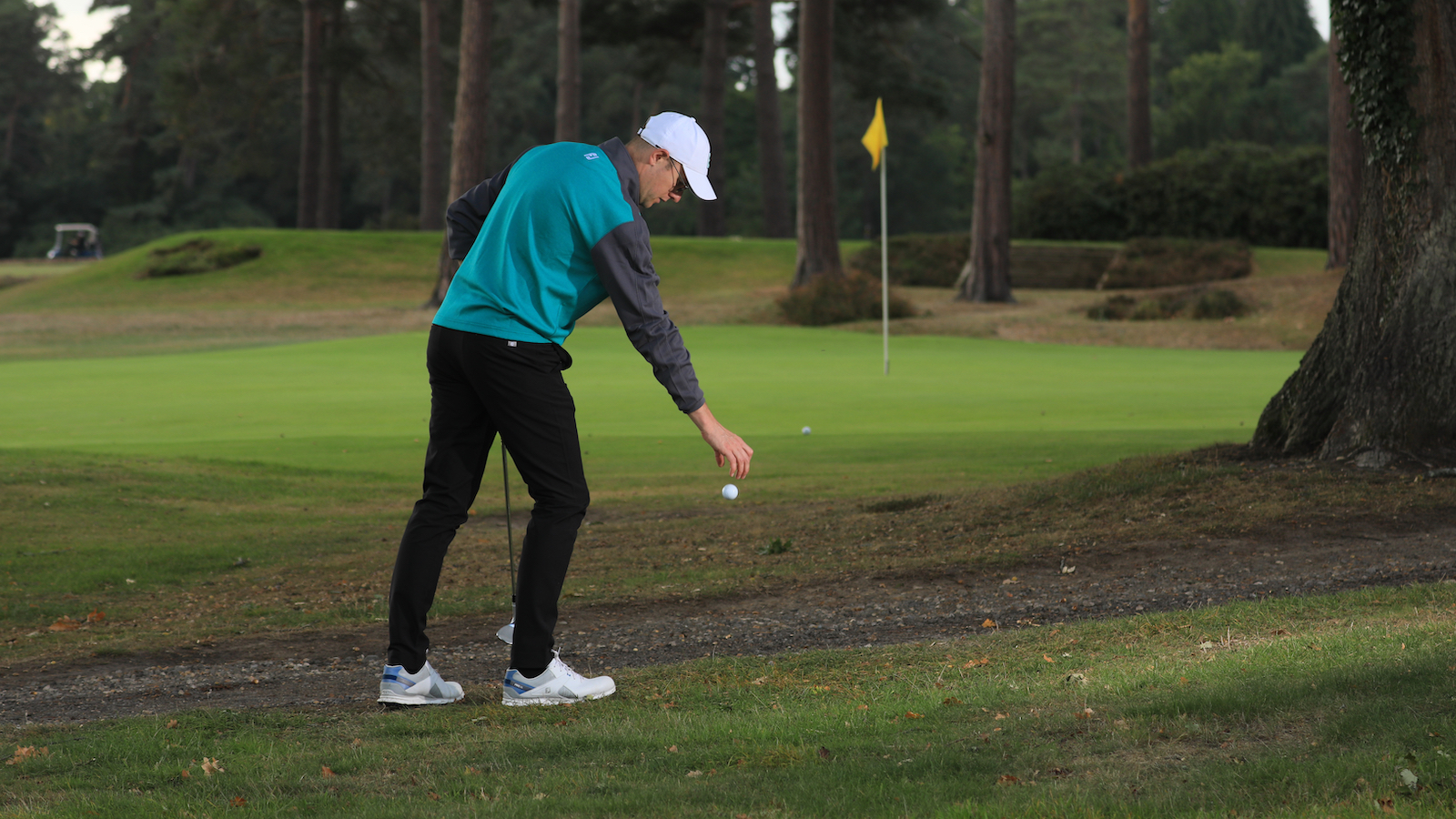

In recent times, the Rules of Golf have been updated every four years, but the major modifications to the Rules that came into effect in January 2019 strayed a little from that cycle. The number of Rules was reduced from 34 to 24 and many long-established Rules changed radically, from reducing search time to three minutes and dropping from knee height to being allowed to putt with the flagstick in without fear of penalty.
Now, The R&A and USGA have reverted to the four-yearly cycle which means another update with effect from January 1, 2023, although not quite on the same scale this time, as Grant Moir, director – Rules at The R&A, explains: “It’s not quite the dramatic change of 2019, where everyone was having to completely relearn a lot of things, but we have been busy refining and hopefully improving in certain areas.”

The full Rule book will still be printed but there will be no printed Player's Edition from 2023
The feeling is that, although by and large the 2019 Rules updates have proved successful (although there will no doubt be dissenters in certain quarters!), there is always room for improvement. “That’s what we’ve been trying to do these last four years,” Moir says. “Some of this is refinement in areas where, perhaps on reflection, we felt we could have done a better job and others where we’re just continuing the process of trying to make the Rules easier to understand and apply and, where possible, to relax penalties or outcomes in certain situations.”

From 2023, golfers are being encouraged to download and use The R&A's Rules of Golf app
Before we get into the detail about the five key changes for 2023 (there are a number of other relatively minor changes, too), it’s worth noting that the Player’s Edition, which is usually distributed to golf clubs and golfers, is no longer being printed, with a real push towards the Rules of Golf app and other digital offerings. “We’re printing four million fewer books than last time round,” Moir explains, “and also our distribution operation in getting those around the world is greatly reduced, so that really fits with our emphasis on sustainability at The R&A.”
Here, Moir explains a little more about the five headline Rules changes from 2023…

The R&A's Grant Moir explains the key Rules changes for 2023 below...
Modifications for players with disabilities
The modifications to the Rules for players with disabilities have been made part of the Rules and are in effect for all players who are classified in the categories covered in Rule 25.

The modified Rules for golfers with disabilities move from Local Rule to the main Rule book from 2023
“This is very much bringing the modifications for players with disabilities, which have been with us for over 25 years but had to be introduced as a Local Rule, into the Rule book as new Rule 25. We continue to work closely with the community of players with disabilities and administrators of competitions involving those players and there was felt to be no great need for significant revision to the modifications themselves. The big push was to bring those Rules into the book so they become part of the mainstream of the Rules of Golf so that players without disabilities become familiar with them. In all our discussions with players in various categories of disabilities, really what they want is as few modifications as possible. This change means there’s no longer any need to ask if these modifications are in place – they will now be in place as a matter of course.”
Get the Golf Monthly Newsletter
Subscribe to the Golf Monthly newsletter to stay up to date with all the latest tour news, equipment news, reviews, head-to-heads and buyer’s guides from our team of experienced experts.
Handicap usage in stroke play
With the continued growth of score-posting technology following the adoption of the World Handicap System, players are no longer penalised for failing to put their handicap on their scorecard in stroke play. The committee will be responsible for ensuring the accuracy of each player’s handicap.
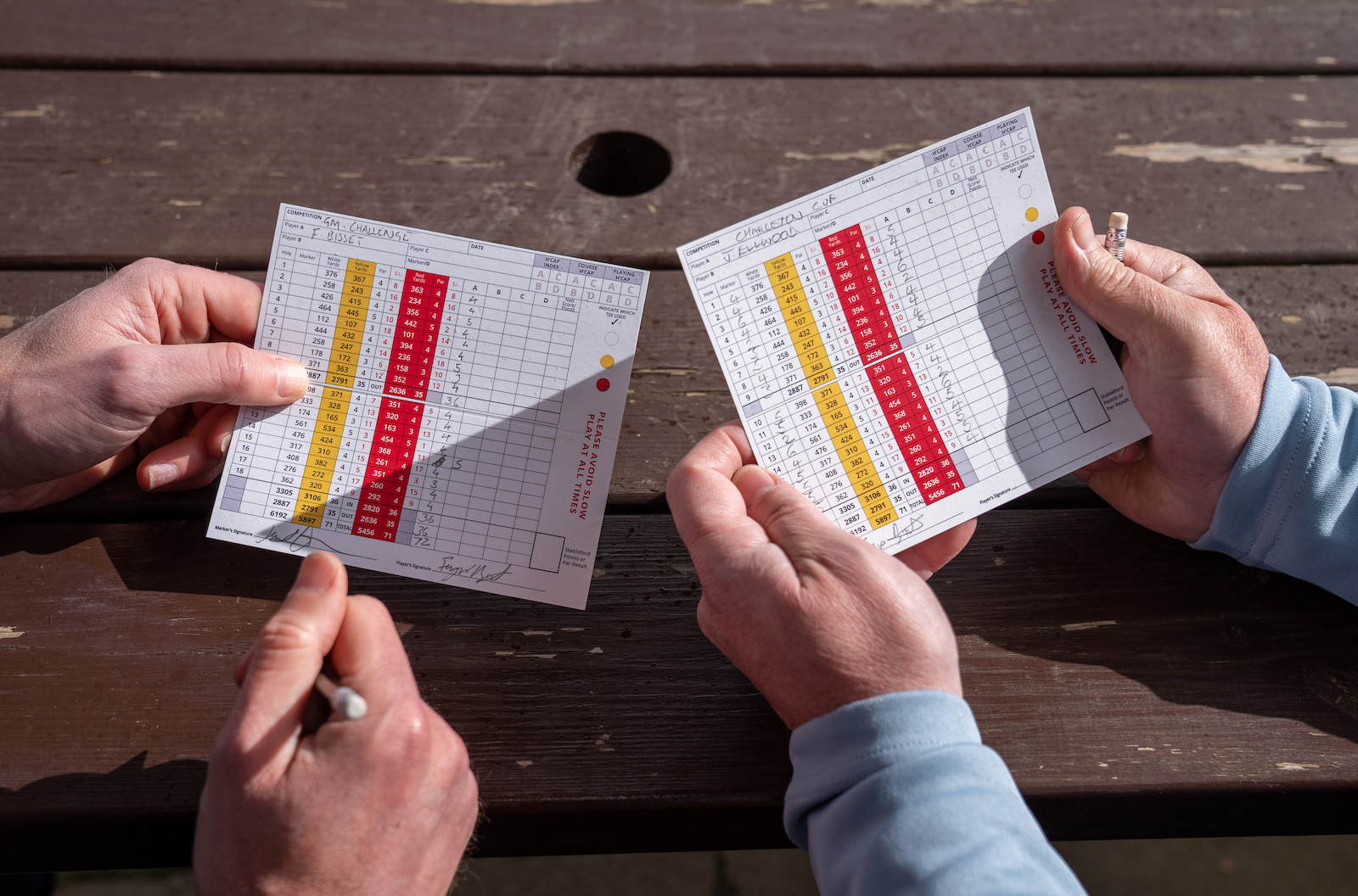
Failing to put your handicap on your card in stroke play will no longer result in a penalty from 2023
“Probably as a result of the challenges of Covid, there was more of an emphasis placed on electronic scoring. We’re not really suggesting that the scorecard will disappear, but the majority of scoring does now go through a computer terminal before and at the end of the round. Knowing that the handicap is correct in that physical inputting moment, it seems illogical to penalise the player if they happen to have got it wrong on the scorecard but the gross scores at the end of the day are correct. This amends Rule 3.3b(4).”
Club damaged during round
The Rule has been amended to allow a player to replace a club that is damaged during a round, provided the player did not damage it through abuse.

If you damage a club in the normal course of play you will be able to replace it from 2023 if you can do so without unduly delaying play
“Last time we decided that you couldn't replace a club but could continue to use a damaged club or repair it if possible. But on review, this seemed to be unduly harsh. The bottom line is that if a club is damaged, it’s normally due to accidental means with no sense of trying to gain an advantage. We felt it would be more appropriate to say if you damage a club you can continue to use it, you can repair it if that’s an option – which might not necessarily be the case – and also now replace it (provided it wasn’t damaged through abuse) if you happen to be walking past the pro shop or car park at the turn, for example, and are able to do so without unduly delaying play. This falls under Rule 4.1a.”
Ball moved by natural forces
A new exception provides that a ball at rest must be replaced if it moves to another area of the course or comes to rest out of bounds after being dropped, placed or replaced.
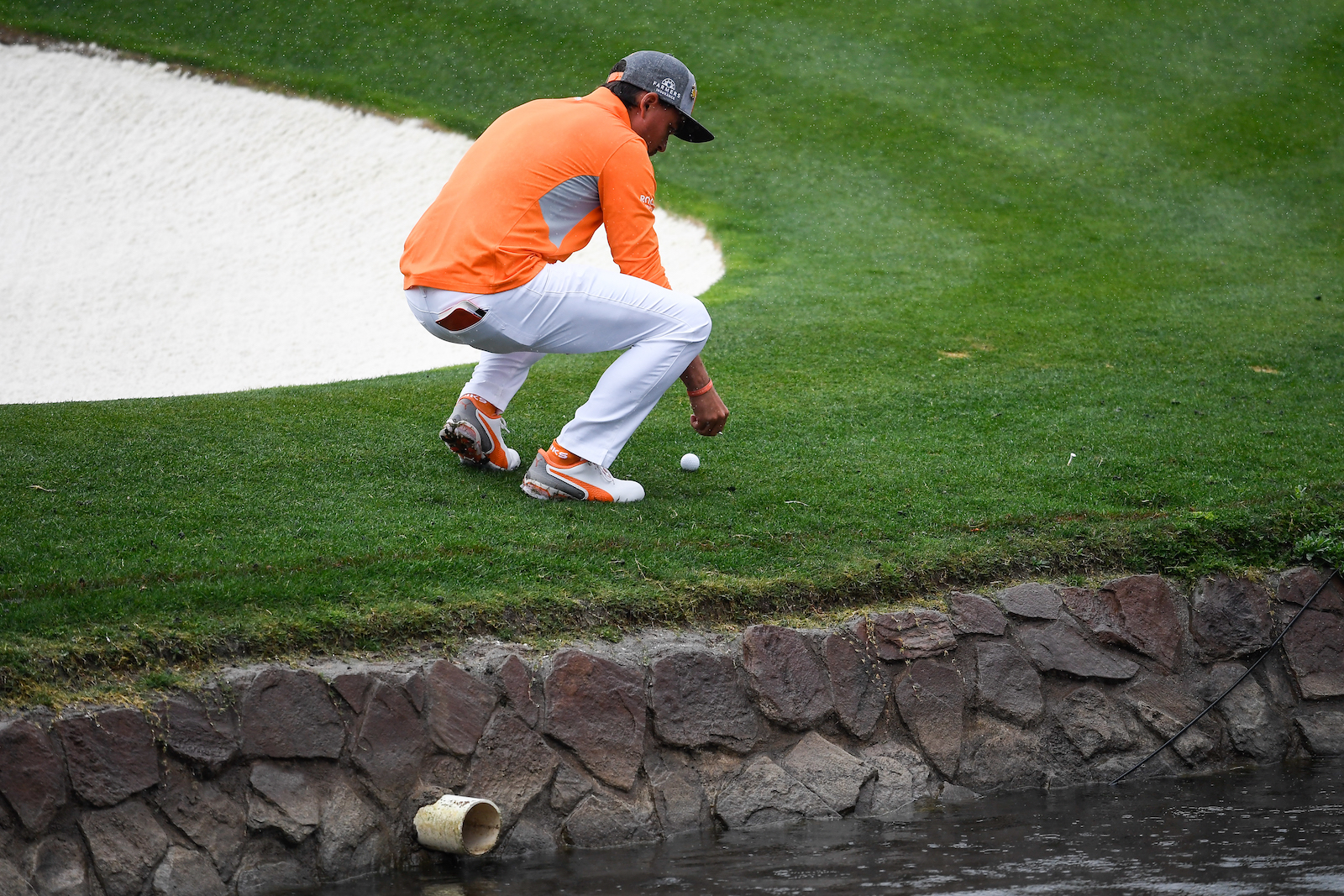
Rickie Fowler's ball rolling back into the penalty area here after initially coming to rest helped spark a Rule change for 2023
“The penalty Rickie Fowler incurred in the 2019 Waste Management Open is a perfect example of an issue at the elite level feeding the changes in the Rules and also us recognising that the modern agronomic conditions might mean this kind of thing would happen more frequently where you have tightly cut surrounds of bunkers, or penalty areas in the Rickie Fowler case where, having taken relief and the ball being at rest and in play, it then moved due to natural forces back into the same penalty area and he had to take relief again with another penalty stroke. That outcome just doesn’t feel appropriate, so we started to discuss that at the time of the Fowler situation in Phoenix. It continued to happen during the discussion process and that convinced us that it was appropriate to introduce this exception where, if the ball has been placed, dropped or replaced into the relief area and then rolls to another area of the course (e.g., from the general area into a penalty area) due to natural forces, the appropriate outcome is just to lift the ball and put it back without penalty. That comes under Rule 9.3.”
Back-on-the-line relief procedure
The back-on-the-line relief procedure, often used for penalty area and unplayable ball relief, has been simplified so that the player now drops their ball on the line, and the ball must come to rest within one club-length of where it is dropped.
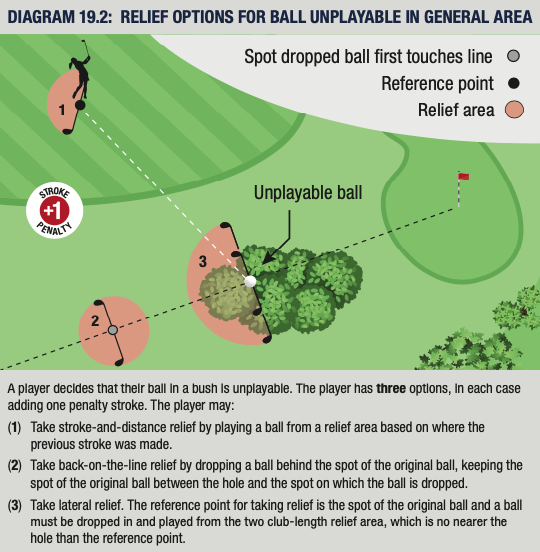
Point 2 on this diagram from the 2023 Rules of Golf highlights how back-on-the-line relief is changing
“The difficulty with back-on-line-relief is that you don’t have a specific reference point because you could drop it anywhere on that line. So, what we’ve done is really to separate it out from the other relief procedures and, in the process, simplify it by saying that back on a line is what it means. You estimate that and drop on the line and the ball can roll up to one club-length in any direction and is then in play. Yes, it could roll nearer the hole from the spot on which you drop, but of course, because you are allowed to drop anywhere back on that line, the fact that it’s rolled nearer to the hole than the spot you’ve chosen is not considered to be an anomaly.”
And finally... among those other relatively minor changes previously referred to, perhaps the one to catch the eye is a rethink on the way penalties are applied for certain Rules breaches in Stablefords, including when you are found to be carrying excess clubs, for example. It used to be that the penalty was applied via a deduction from your points tally at the end of the round up to a maximum of four points, but now things are being brought into line with medal play, with a two-shot penalty for each hole (up to a maximum of four shots) being applied directly to the hole(s) at which the breach(es) first occurred.

Jeremy Ellwood has worked in the golf industry since 1993 and for Golf Monthly since 2002 when he started out as equipment editor. He is now a freelance journalist writing mainly for Golf Monthly. He is an expert on the Rules of Golf having qualified through an R&A course to become a golf referee. He is a senior panelist for Golf Monthly's Top 100 UK & Ireland Course Rankings and has played all of the Top 100 plus 91 of the Next 100, making him well-qualified when it comes to assessing and comparing our premier golf courses. He has now played 1,000 golf courses worldwide in 35 countries, from the humblest of nine-holers in the Scottish Highlands to the very grandest of international golf resorts. He reached the 1,000 mark on his 60th birthday in October 2023 on Vale do Lobo's Ocean course. Put him on a links course anywhere and he will be blissfully content.
Jezz can be contacted via Twitter - @JezzEllwoodGolf
Jeremy is currently playing...
Driver: Ping G425 LST 10.5˚ (draw setting), Mitsubishi Tensei AV Orange 55 S shaft
3 wood: Srixon ZX, EvenFlow Riptide 6.0 S 50g shaft
Hybrid: Ping G425 17˚, Mitsubishi Tensei CK Pro Orange 80 S shaft
Irons 3- to 8-iron: Ping i525, True Temper Dynamic Gold 105 R300 shafts
Irons 9-iron and PW: Honma TWorld TW747Vx, Nippon NS Pro regular shaft
Wedges: Ping Glide 4.0 50˚ and 54˚, 12˚ bounce, True Temper Dynamic Gold 105 R300 shafts
Putter: Kramski HPP 325
Ball: Any premium ball I can find in a charity shop or similar (or out on the course!)
-
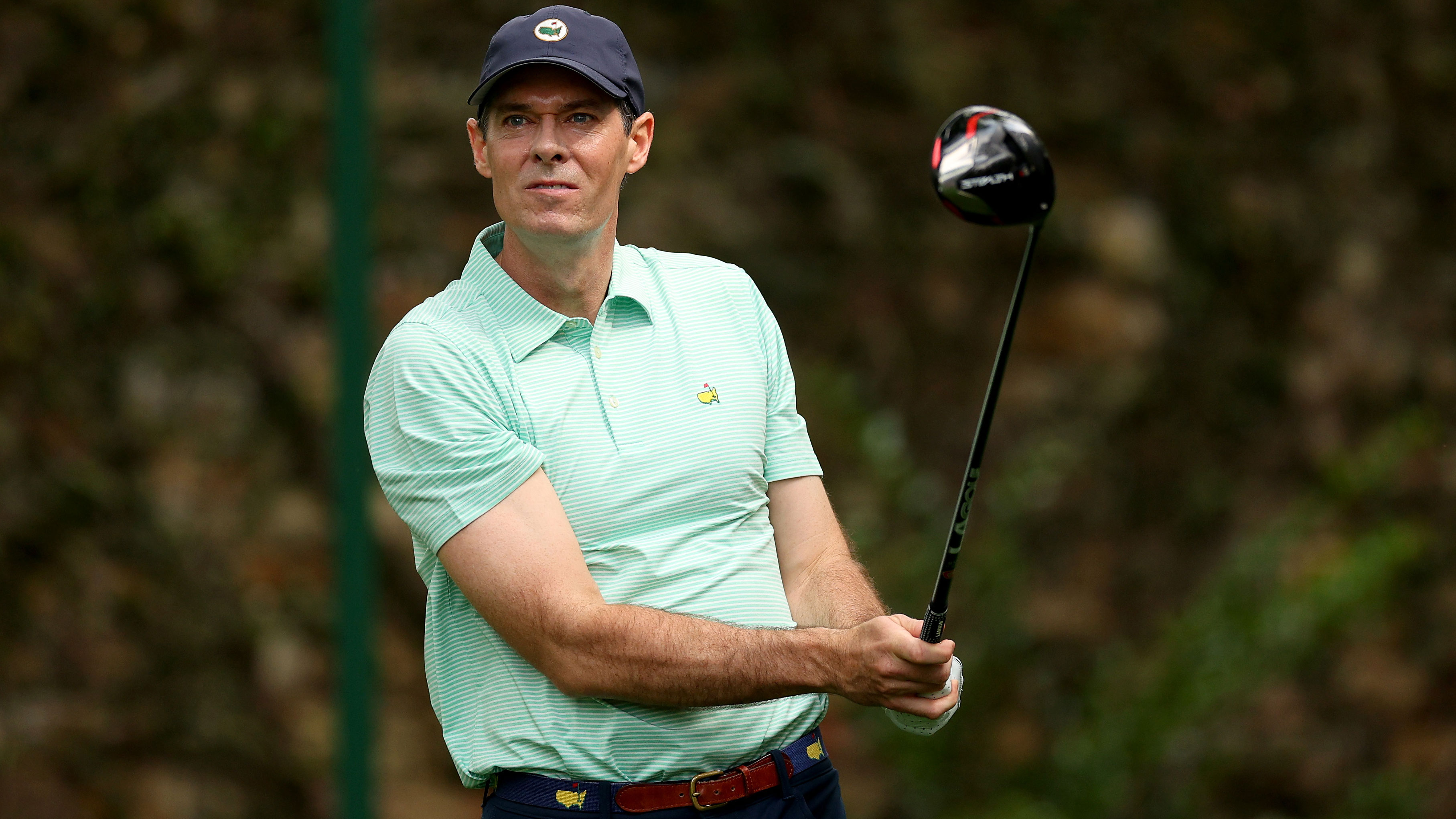 The Augusta National Member Who Is (Sort Of) Playing In The Masters This Weekend
The Augusta National Member Who Is (Sort Of) Playing In The Masters This WeekendAugusta member Michael McDermott is playing as a scorer this weekend as an odd-number of players made the cut
By Michael Weston Published
-
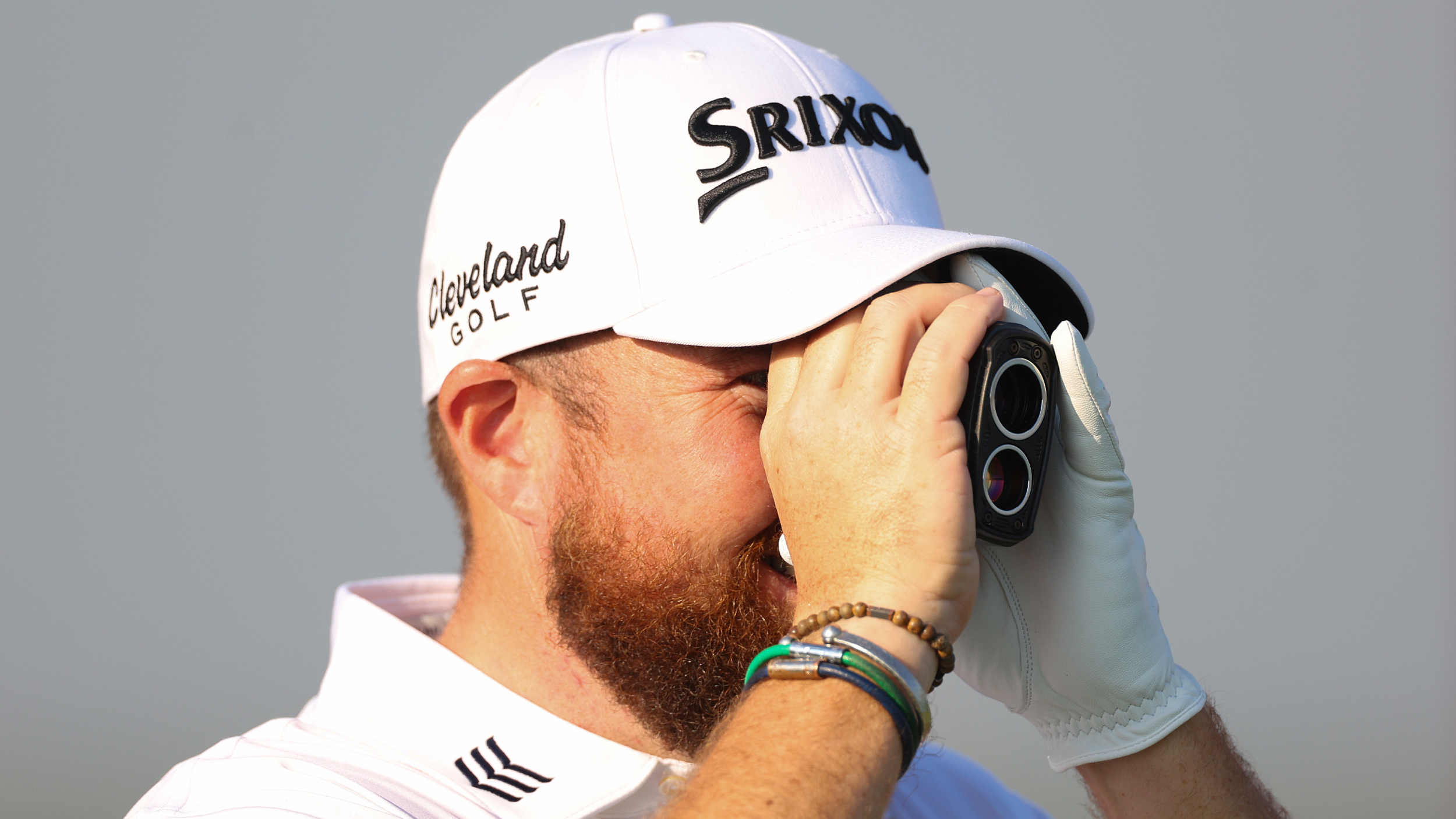 Are Rangefinders Allowed At The Masters?
Are Rangefinders Allowed At The Masters?Rangefinders are becoming increasinly prominent in the professional game, but what about at The Masters?
By Mike Hall Published